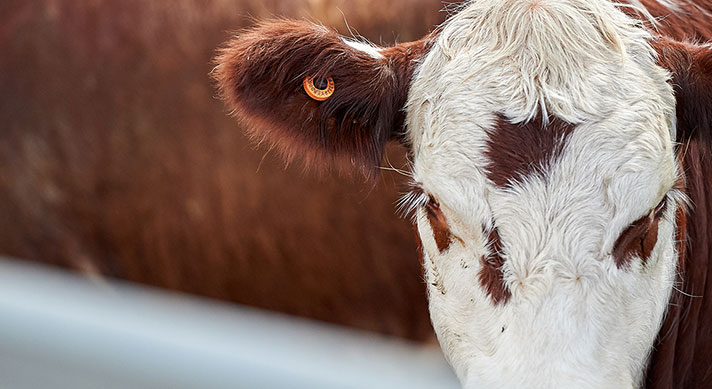Property Identification Code (PIC)
A Property Identification Code (PIC) is an eight-character code allocated by the Department of Primary Industries (DPI) or an equivalent authority in each state or territory to identify a livestock-producing...
read moreProperty Identification Code
read moreProperty Identification Code (PIC)
Find out more about Property Identification Codes (PICs)
read moreLost tags? Missing livestock? How PIC reconciliations can protect your integrity
A property identification code (PIC) reconciliation is a stocktake process where the National Livestock Identification System (NLIS) tags currently on your property are compared to the tags recorded on your...
read more
Livestock advisors
their LPA requirements, create farm records and LPA NVDs. Identification & traceability Learn more about NLIS and understand your ... with NLIS, completing NLIS transfers for clients, animal identification requirements and scanning livestock. LPA National Vendor
read moreProducers
Livestock producers are responsible for keeping records in order and ensuring on-farm practices align with integrity system requirements. Find out what you need to know.
read more
Ordering eID devices
Verify you can purchase devices for your Property Identification Code (PIC). Have this handy when you contact the supplier. Ensure
read moreSmall landholders
Livestock producers are responsible for keeping records in order and ensuring on-farm practices align with integrity system requirements. Find out what you need to know.
read moreOrdering eID devices
Verify you can purchase devices for your Property Identification Code (PIC). Have this handy when you contact the supplier. Ensure
read moreNavigating the NLIS database - Western Australia
Join this webinar, held in partnership with the WA Department of Primary Industries and Regional Development and WA Farmers, for tips and hints on how to use the NLIS database...
read more